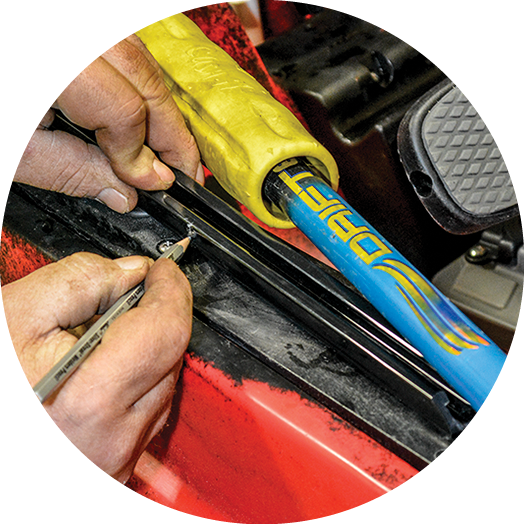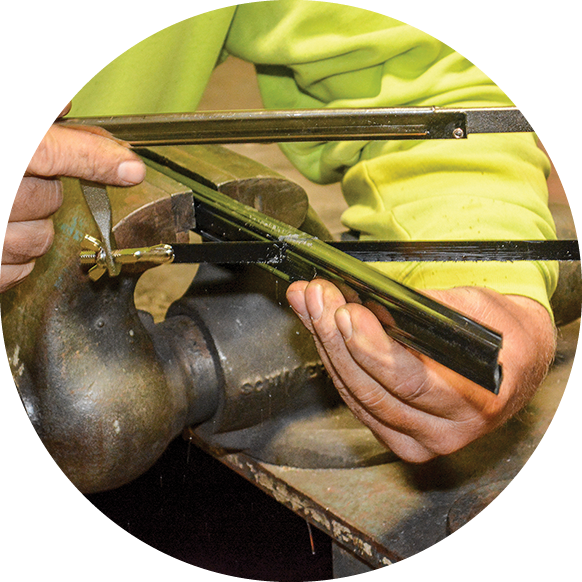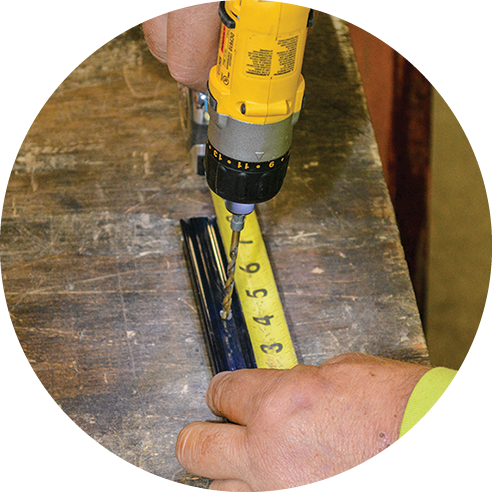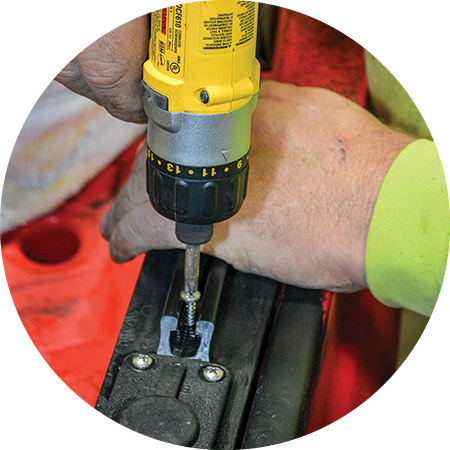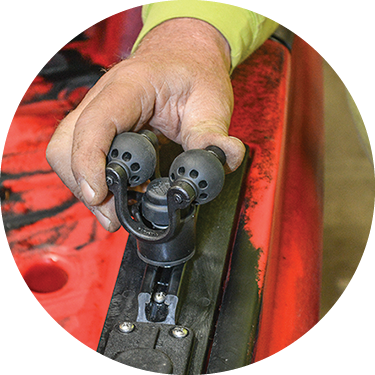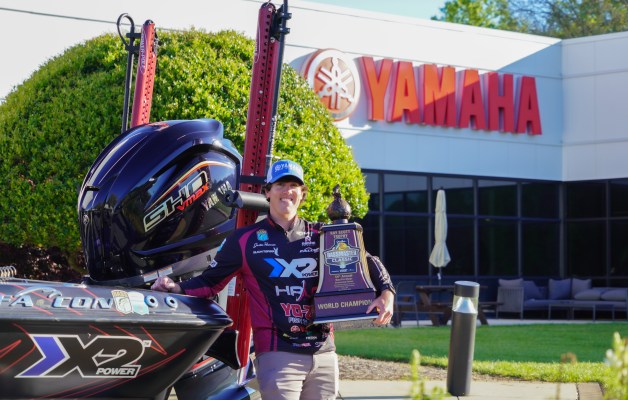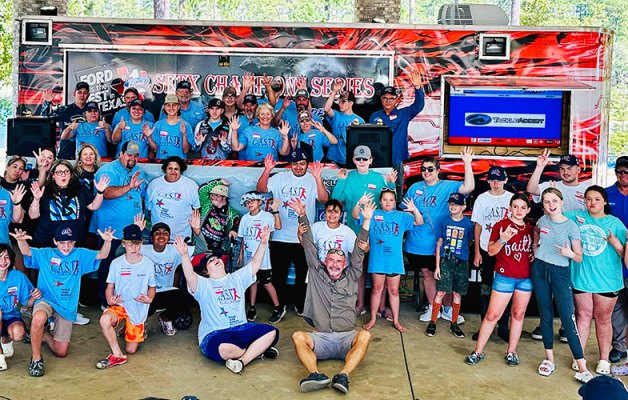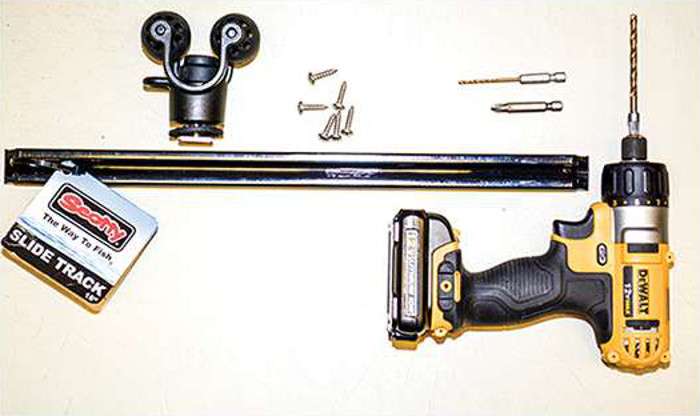
You can resolve the problem by laying the hoop on the front deck and keeping the handle at the ready. This also works fine until a low-hanging tree sweeps your net into a river (ask me how I know).
A simple solution is to install a paddle holder to hold the net handle. Itâs easy and adjusts to keep the net handle secure and out of the way, yet easy to grab.We used a Roller-Ball Paddle Clip from RAM Mounts ($20) and a 16-inch plastic track from Scotty ($10). The only tools were a drill and a hacksaw. We mounted the track with three 3/4-inch stainless steel #10 pan head screws (16 cents apiece).
All captions: Dave Mull
